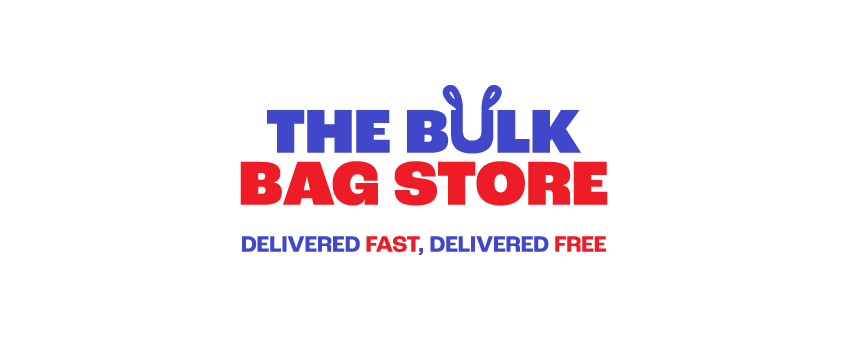Industrial packaging comes in many different shapes and sizes, and can be made from a huge range of materials. If you want to understand the ins and outs of such packaging, you need to know several things: why we actually have packaging, what its purpose is in different applications, what it is typically made out of, and its limitations and strengths.
Why do we have packaging at all? Until relatively recently in the history of mankind, packaging was rarely used once products had reached the point of sale. Goods would have arrived at the shop in large numbers in wooden crates, barrels or sacks. Food and other goods were presented to the customer unwrapped, loose and without any sort of protection from the elements. Householders placed their shopping in a durable, reusable bag or basket to carry them home.
In later years, some of these goods would have been put into separate paper bags at the point of sale, but rarely would what we now call ‘packaging’ be used. So why is it now so widespread?
Well, there are several obvious reasons for this. One of the most important is the development of plastics, which quickly overtook paper to make up the vast majority of packaging for a huge range of goods. Another is the rapid expansion of international trade and the accompanying increase in the export and import of a vast variety of foods, electronic items, pharmaceutical goods and other widely-transported items.
Sending goods of any kind from one side of the world to the other means it has to be packaged well enough for it not to get damaged. Therefore, industrial packaging has had to evolve in order to protect anything from peaches to fridges on their journey from A to B – a journey which can amount to thousands of miles.
Packaging serves numerous other purposes, too. It provides protection from bacteria, keeping food fresh and undamaged until it reaches the consumer. It aids transportation and storage of products, enabling them to be stacked more easily. It also enables the manufacturer to place their branding and other information, such as price and nutritional content, on the goods themselves.
Industrial packaging consists of two main sub-divisions: primary and secondary. Primary packaging is that which the customer removes once they get the product home. It is usually the packaging which comes into contact with the product being transported. Bottles and jars, tubing (such as that used for toothpaste), boxes, shrink film and ‘clamshells’ – those plastic cases used to package a wide range of foodstuffs – are all classed as primary packaging.
Secondary packaging is that which serves to protect the goods while in transit. Corrugated boxes with plastic wrappers, bubble wrap, paper liners and the like are all secondary packaging. These wrappers will usually be removed once the product reaches the shop shelves.
The majority of packaging nowadays is made of plastic, as it is an extremely flexible, adaptable product which can be used in a huge variety of applications. Environmental concerns, however, mean businesses are now having to consider reducing and reusing their plastic packaging, and even finding alternative materials.
